Turtles are probably humans' favorite reptiles. Small turtles are cute and delicate, while large turtles are usually friendly and approachable. The following will introduce the ten best turtles in the world and lead you to explore the more interesting world of turtles. They include: the most numerous turtles, the largest turtles, the smallest turtles, the easiest turtles to raise, and the most difficult turtles to raise. , the fiercest turtle, the shortest-lived turtle, the most expensive turtle, the most drought-tolerant turtle, the coldest turtle, and the oldest turtle.
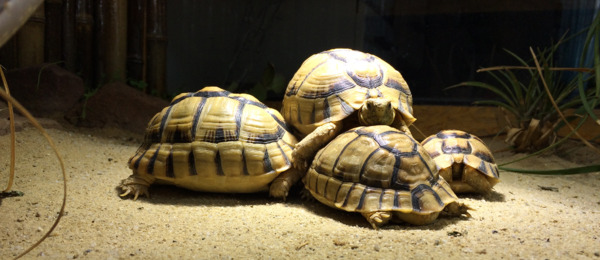
1. The most numerous turtle in the world (Brazilian turtle)
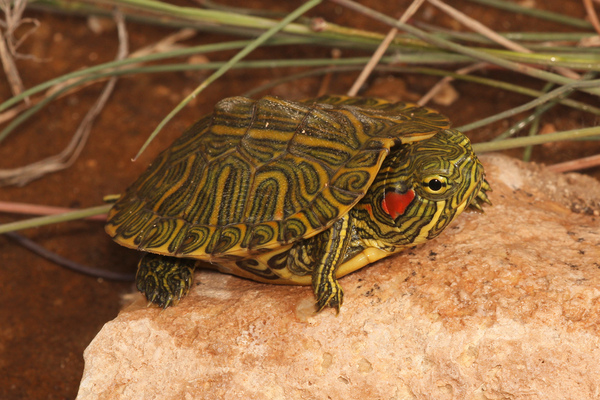
The most abundant turtle in the world is the Brazilian red-eared slider, commonly found in flower and bird markets and often referred to as the "Brazilian turtle". These turtles are native to areas from the central United States to northern Mexico. Because Brazilian turtles have medicinal, ornamental and edible values, are cheap and easy to raise, they are bred and sold in large numbers, and their density in the flower and bird market is very high. In addition, due to reasons such as pet abandonment and religious releases, they have invaded waters around the world. Brazilian turtles have extremely strong interspecific competitiveness, allowing them to survive and continue to reproduce in their local areas. Therefore, today, the Brazilian turtle has become one of the most common species of reptile pets in the world, and due to its strong survivability, it has become one of the most numerous turtles in the world.
2. The largest turtle in the world (Leatherback turtle)
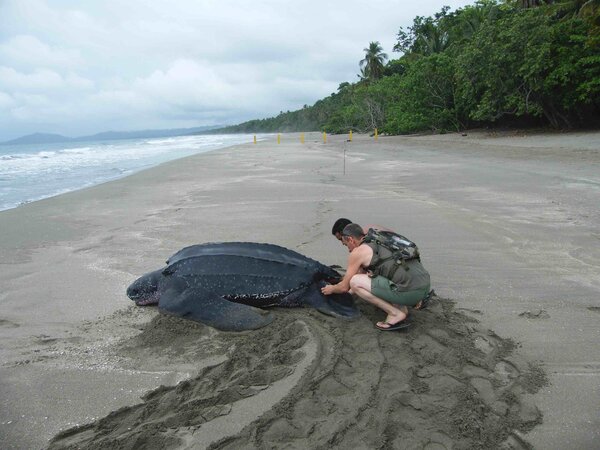
The largest turtle in the world is not a snapping turtle or a giant tortoise, but a giant turtle that lives in the open ocean. It is called the "leatherback turtle." Leatherback turtles belong to the order Turtles and are one of the largest species. They can usually grow up to 2 meters long, with a back shell length of 1040 to 1500 millimeters, a width of 560 to 900 millimeters, a height of 290 to 495 millimeters, and a weight of over 100 kilograms. Leatherback turtles have a huge head and short neck, and their forelimbs are particularly strong. The length of the front edge of the forelimbs can reach 720 to 1010 mm, which is more than twice the length of the hind limbs, which allows them to swim freely in the ocean.
Maybe you still remember the much-discussed anime "Dragon Ball" when you were a kid. There is a character named Turtle Sennin in it. The vehicle he rides is a huge turtle. The inspiration for this creation comes from the leatherback turtle. .
3. The smallest turtle in the world (miniature musk turtle)

The smallest turtle in the world is called the miniature musk turtle. The adult size of male turtles of this species is between 5 and 6 centimeters, and the adult size of female turtles is between 7 and 8 centimeters. In addition to their small size, mini musk turtles are very similar in appearance to the common musk turtle (known as the Mississippi musk turtle), and they both have smooth carapace. However, the color of the mini musk turtle is darker than that of the ordinary musk turtle, basically black.
Mini Musk Turtles mainly live in sunny Florida. Their food habits are similar to those of ordinary water turtles. They like to eat small fish, shrimp and other aquatic animals. However, due to their small size, their food intake is not large.
4. The easiest turtle to raise in the world (Brazilian turtle)
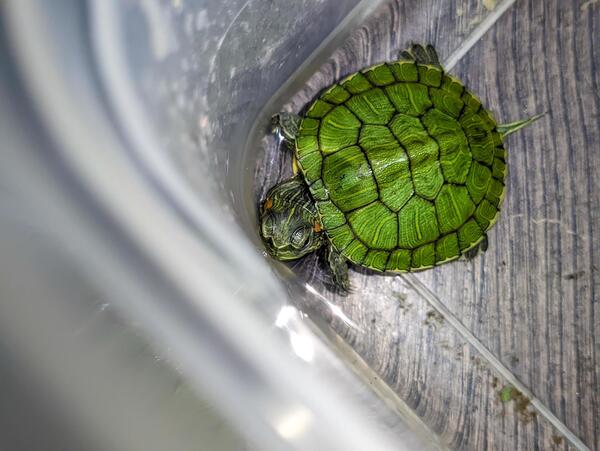
Among turtles, the Brazilian red-eared slider is considered the easiest species to keep. These turtles are plentiful and highly sought after, and the low entry barrier to keeping them is one of their main attractions. Due to its low maintenance difficulty, the Brazilian red-eared turtle is one of the most suitable turtle pets for beginners. Raising a baby Brazilian red-eared slider does not require much equipment. They have excellent adaptability and an ordinary water basin or container can serve as their habitat. In addition, baby turtles need sunlight, so they need a basking platform.
Brazilian red-eared turtles are omnivorous turtles and will eat almost any food, so feed selection will not give owners a headache. Beyond that, just keep an eye on things like water quality and ventilation. Overall, the Brazilian Red-eared Slider is definitely one of the best choices for those who are more casual breeders.
5. The most difficult turtle to raise in the world (Malay snail-eating turtle)
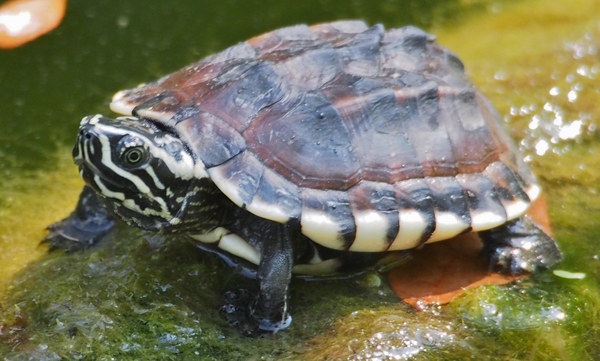
If you were to say which turtle is the most difficult to keep, it would definitely be the Malayan snail-eating turtle. This species of turtle is widely regarded as a challenge that should not be attempted by turtle enthusiasts, especially novices. Malay snail-eating turtles native to Southeast Asia have very poor adaptability to their living environment. They are extremely sensitive and timid. In daily feeding, you need to strictly pay attention to the stability of the temperature. A little negligence may cause the turtle to get sick.
Malay snail-eating turtles are extremely picky about their food requirements and mainly feed on aquatic snails, freshwater snails and clams and shellfish. However, shellfish shells in my country are harder than those in Southeast Asia, so breeders need to clean and crack shells for them regularly. This extra workload makes people feel that sometimes it is more laborious than taking care of children.
6. The most ferocious turtle in the world (Snapping turtle)
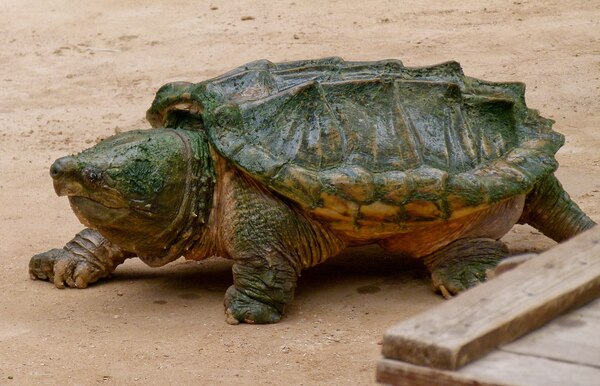
Among turtles, the snapping turtle is undoubtedly the most ferocious. Snapping turtles can be divided into two categories: true snapping turtles and pseudo-snapping turtles. In terms of size, the true snapping turtle is overwhelming, but this giant beast is generally relatively quiet except for appearing powerful when hunting. The ones with a truly ferocious character are the pseudo-snapping turtles. Although they are relatively small in size, they have a more violent temperament than the real snapping turtles. They are gentle in the water, but once on land, they will show extreme aggression, lunging and biting, and even twisting their bodies to find targets and start chasing them. The snapping turtle's teeth are sharp and its bite is so powerful that it sometimes even bites off the owner's fingers. Such incidents are not uncommon.
7. The longest-lived turtle in the world (Spotted softshell turtle)

All major species of turtles usually have a long lifespan, but when it comes to the one with the longest lifespan, it must be the spotted turtle. The spotted softshell turtle is one of the extremely rare species in the world. Currently, only one species is known to exist in Hanoi, Vietnam. The longevity of spotted turtles is astonishing. For example, a male spotted turtle named "Fang Fang" among the Chinese spotted turtles in Xiyuan Temple, Suzhou, lived for more than 400 years before sleeping in 2007; Hoan Kiem Lake, Vietnam Another spotted turtle inside also lived for hundreds of years until his unfortunate death in 2016. Their life cycle far exceeds that of other tortoises such as Aldabra giant tortoises and many tortoises, and they can be described as the "longevity stars" among tortoises.
8. The shortest-lived turtle in the world (leaf turtle)
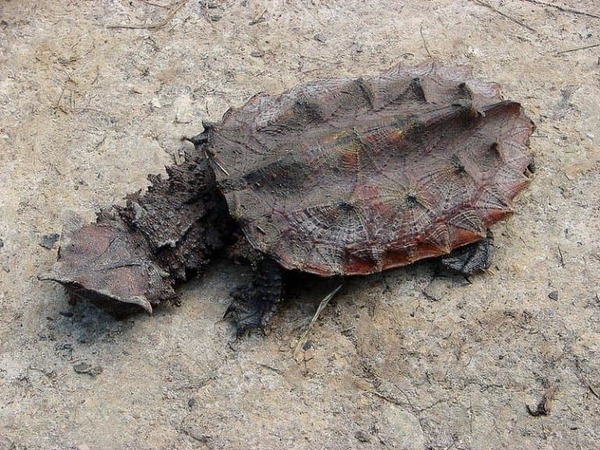
Among turtles, the leaf turtle has the shortest lifespan. This unique-looking turtle usually has a short lifespan, with its lifespan ranging from only 15 to 25 years. Freshwater turtles generally have shorter lifespans than tortoises and sea turtles, partly due to the harsh conditions in which they live in the wild, and wild freshwater turtles have even shorter lifespans than those in captivity.
It is extremely difficult for leaf turtles to survive in the natural environment, and their requirements for water quality are also very strict, which has led to a significant shortening of their lifespan. Even for artificially raised leaf turtles, the lifespan is not optimistic, because owners need to keep the pH value of the water balanced at all times and maintain it within the range of 5.5 to 6.5, which is crucial to the lifespan of leaf turtles.
9. The most expensive turtle in the world (Angoloca giant tortoise)
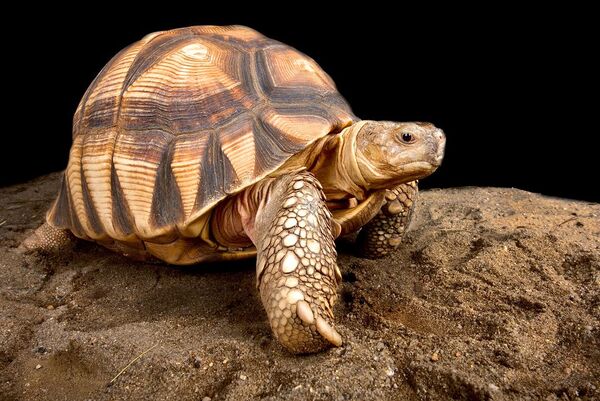
Among turtles, the Angoloca giant tortoise is known as one of the most expensive turtle species in the world, also known as the Madagascar tortoise. The current wild population is less than 400, so it is extremely valuable and rare. This kind of giant tortoise is collected and raised by reptile enthusiasts in Southeast Asia, China, South Korea, Japan, the United States and Europe, but the threshold for becoming its owner is extremely high.
Angoloca giant tortoises are expensive in domestic and foreign markets, usually priced at about US$1,000 per centimeter of length, making it the "Louis Vuitton" of turtles.
10. The most drought-tolerant turtle in the world (Egyptian tortoise)
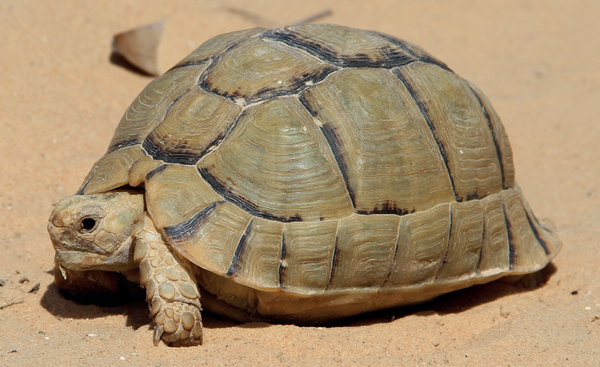
The Egyptian tortoise is considered one of the most drought-tolerant turtles in the world. They used to be widely distributed around the Sahara Desert, living in desert and semi-arid areas such as gravel plains, rocky areas, sandy wadis and dry woodlands. This turtle is a herbivore, feeding on annual plants that grow after rain.
Egyptian tortoises are adapted to live in dry environments and have much lower water needs than other tortoises. Compared to humid rainforests, a dry and cool environment is their most comfortable habitat.
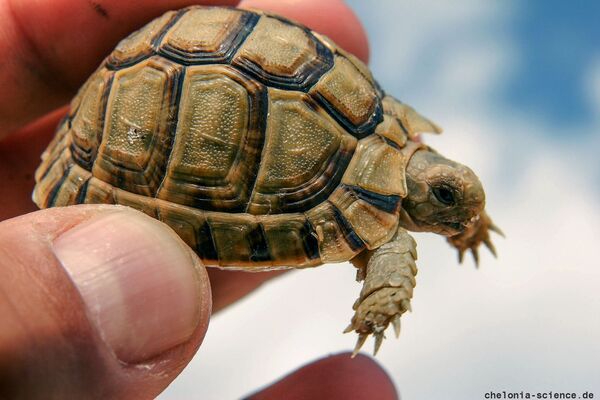
The top ten turtles are mainly determined by comprehensively considering their price, size, lifespan, popularity, influence, etc. If you have any questions, please leave comments/criticisms at the end.
animal tags: cuckold
We created this article in conjunction with AI technology, then made sure it was fact-checked and edited by a Animals Top editor.